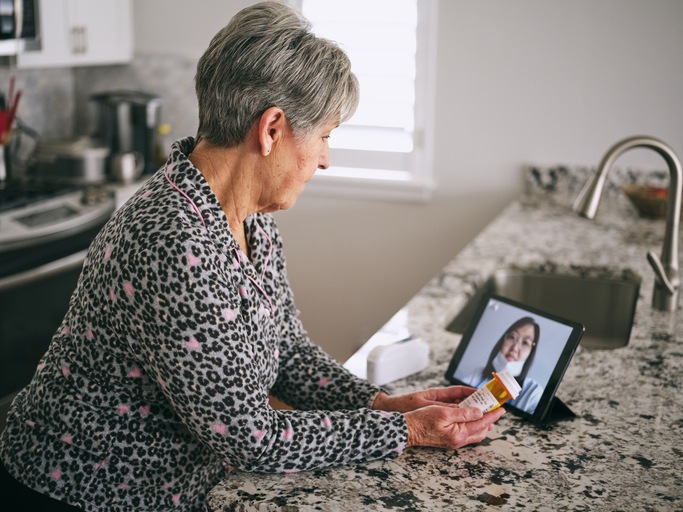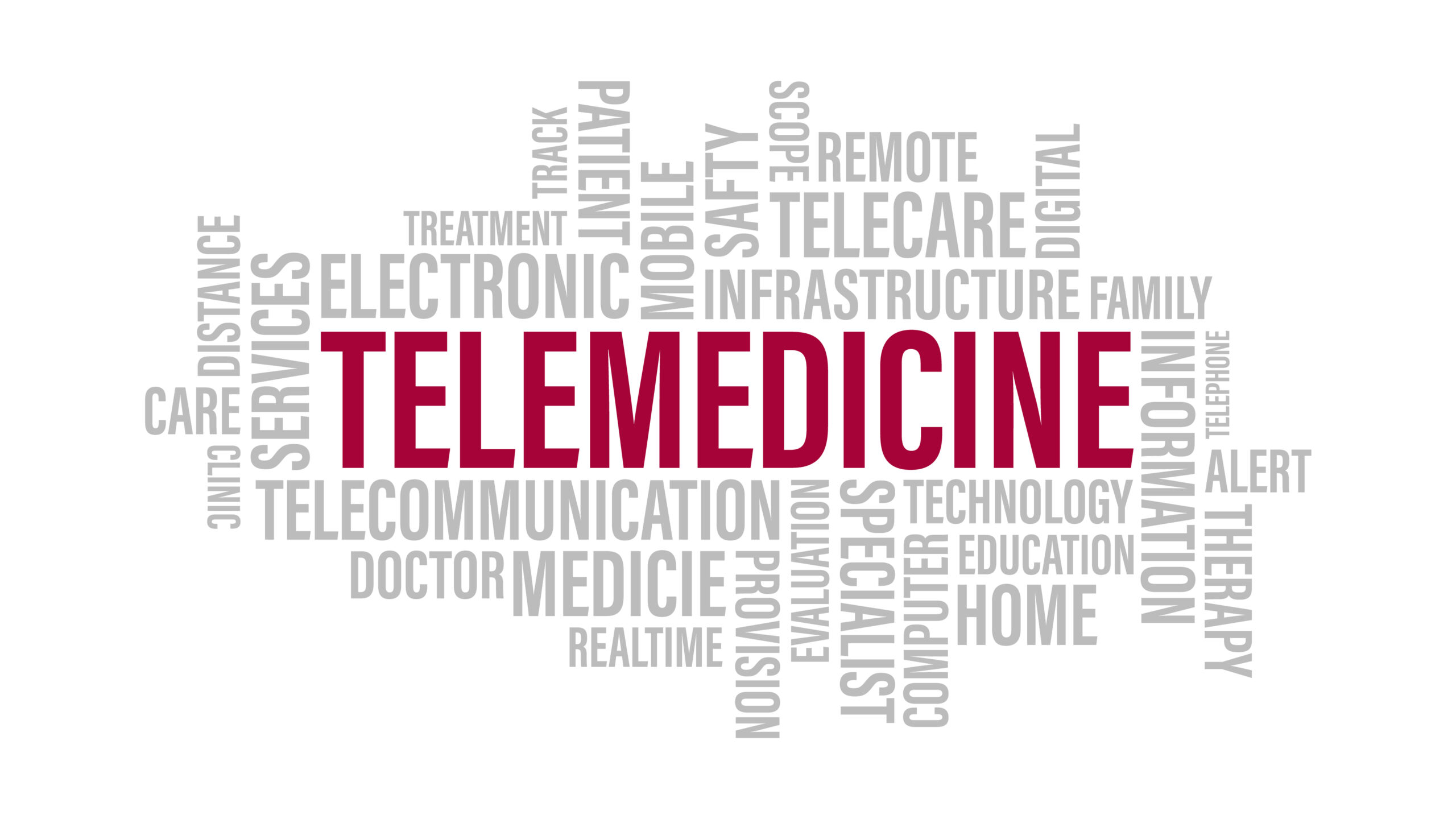
Although the use of telemedicine certainly surged as a response to the COVID-19 pandemic, it will likely be here to stay long after the pandemic subsides. While convenient for providers and all patients alike, skipping the in-person office visit in favor of a virtual encounter may also help keep some patients safer, especially those who are immunocompromised. However, the use and implementation of telemedicine may be a challenge for patients. That’s where eRheum comes in.
Seth D. Ginsberg, President and Co-Founder, CreakyJoints and the Global Healthy Living Foundation, described the platform and its benefits for rheumatic patients in further detail during an interview with DocWire News.
“eRheum is designed to help patients understand what virtual care is all about, why virtual care is important and when virtual care is appropriate. It’s done so in a very patient centered way, and it’s done so and designed to help patients and their families meet the provider halfway,” Ginsberg said.
“Since the beginning of the pandemic the Global Healthy Living Foundation (GHLF), and CreakyJoints have been very focused on how people living with chronic illness, including—and especially—rheumatic diseases, have been impacted by COVID-19. We’ve gone to great lengths to provide support, education, and evidence-based information and really try to bring our community together in a positive and helpful way during these trying times,” he explained.
Through GHLF and CreakyJoints’ research, they found that “rheumatology patients and their families were definitely making use of telehealth more than ever, but they had lots of questions about how to get the most out of their appointments,” he said.
“What we found early on in a development phase was the incredible amount of support we got from rheumatologists specifically, as well as rheumatology nurses who independently of this,” Ginsberg continued. However, some things were not as clear for patients, from using the technology to appropriate attire during a telehealth visit—something that “may sound basic,” Ginsberg noted, “but in hindsight, I think is the reality that we’re living in.”
The eRheum portal helps patients and providers navigate some of these tricky issues, allowing patients to receive—and rheumatologists to provide—consistency of care,” which Ginsberg noted is “just vital” to these patients: “Telehealth offers patients the flexibility that they need to stay in contact with their doctors and nurses and healthcare provider teams and continuity of care.”
The COVID-19 pandemic has blurred many lines as more activities now take place without having to leave the house. Offices are just a steps’ commute away, groceries are delivered right to your door, and the hottest restaurant in town is the kitchen. While convenient, this takes away certain factors that separate “home” activities from those that take place outside the home, Ginsberg explained—eRheum is hoping to give patients the convenience of home health appointments while still providing clear guidelines and boundaries for a telehealth visit.
Overall, the initial feedback for eRheum has been positive and it has been able to successfully meet its goal. Part of this may be due to the fact that CreakyJoints has been at the forefront of the digital health space for quite some time now, long before COVID-19 was a blip on the radar.
“We are digital health advocates; CreakyJoints has lived in the virtual world for over two decades. It’s almost as if we’ve been training for this for our whole lives. Unfortunately, it’s very bittersweet. This is a terrible situation. We are unbelievably empathetic toward the challenges that so many in our community are facing, whether it’s isolation or economically, or of course psychologically, and to the worst extent physically because of COVID,” Ginsberg said. “However, we want to remind everyone, we will be better off as a result of this afterwards. It’s going to be hard to imagine right now, but when we come out of COVID-19, and we will, as a community, we will come out stronger and better, and we will have services like virtual care instituted, implemented, and hopefully institutionalized in a way that is all about us.”






 © 2025 Mashup Media, LLC, a Formedics Property. All Rights Reserved.
© 2025 Mashup Media, LLC, a Formedics Property. All Rights Reserved.